What 343i needs to fix in Halo 6: Looking at performance, core gameplay, and story delivery
The next installment in the Halo series (assumed to be Halo 6) poses a chance for 343 Industries to bring Halo back to its former glory. But what needs to change?
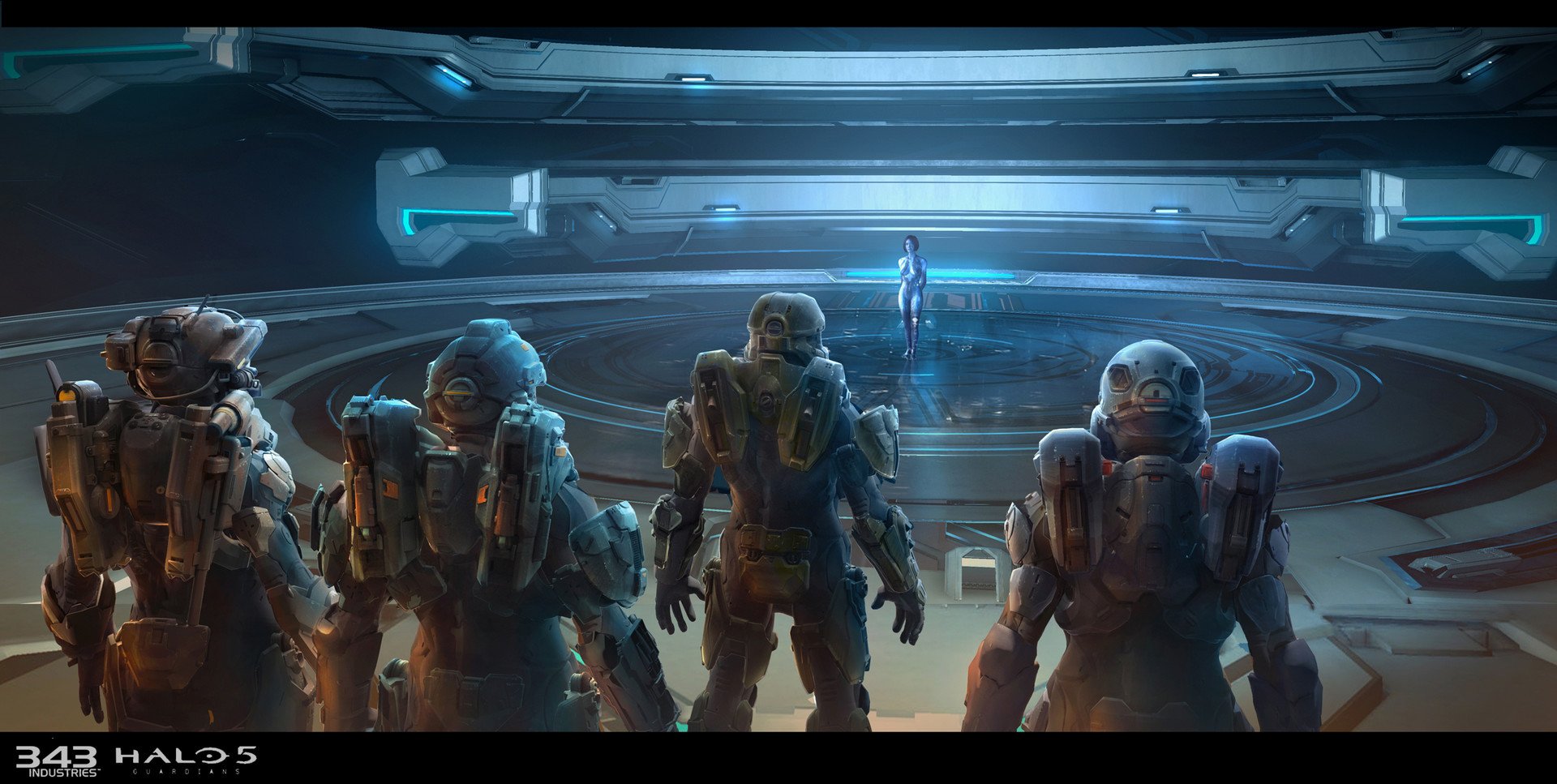
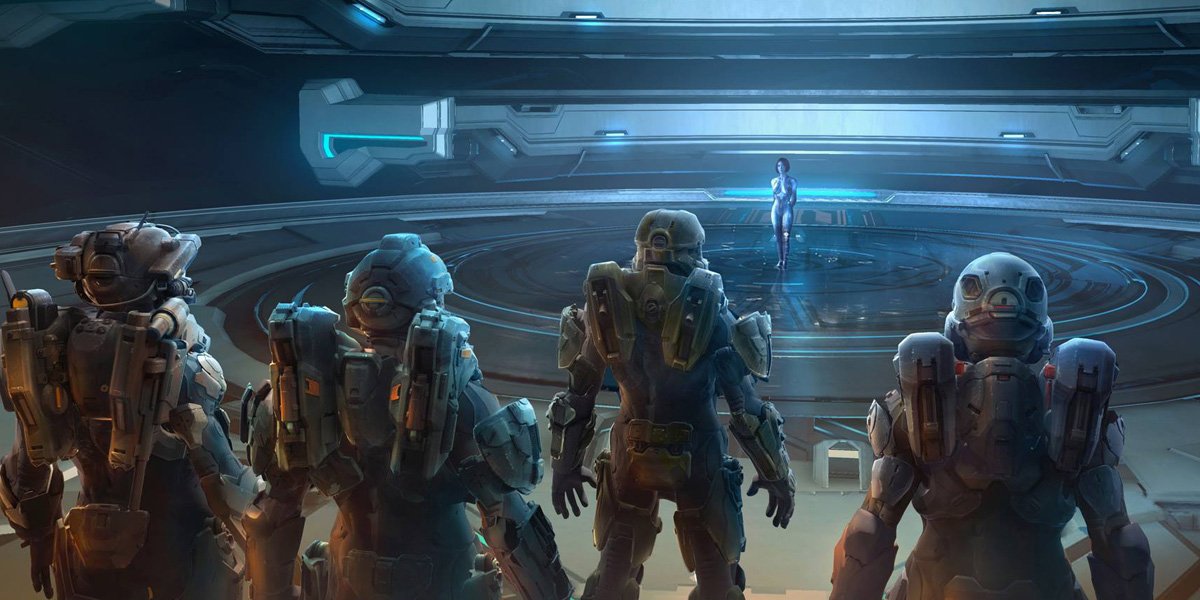
Starting with Bungie's last Halo creation — Halo: Reach — Halo has gone down a steady path of popularity decline. With each new release after Halo 3, game sales have decreased, along with the overall player base. Halo 5 might be incredibly successful due to its business model, but Halo as a franchise has fallen from its pedestal as the creme de la creme of first-person shooters.
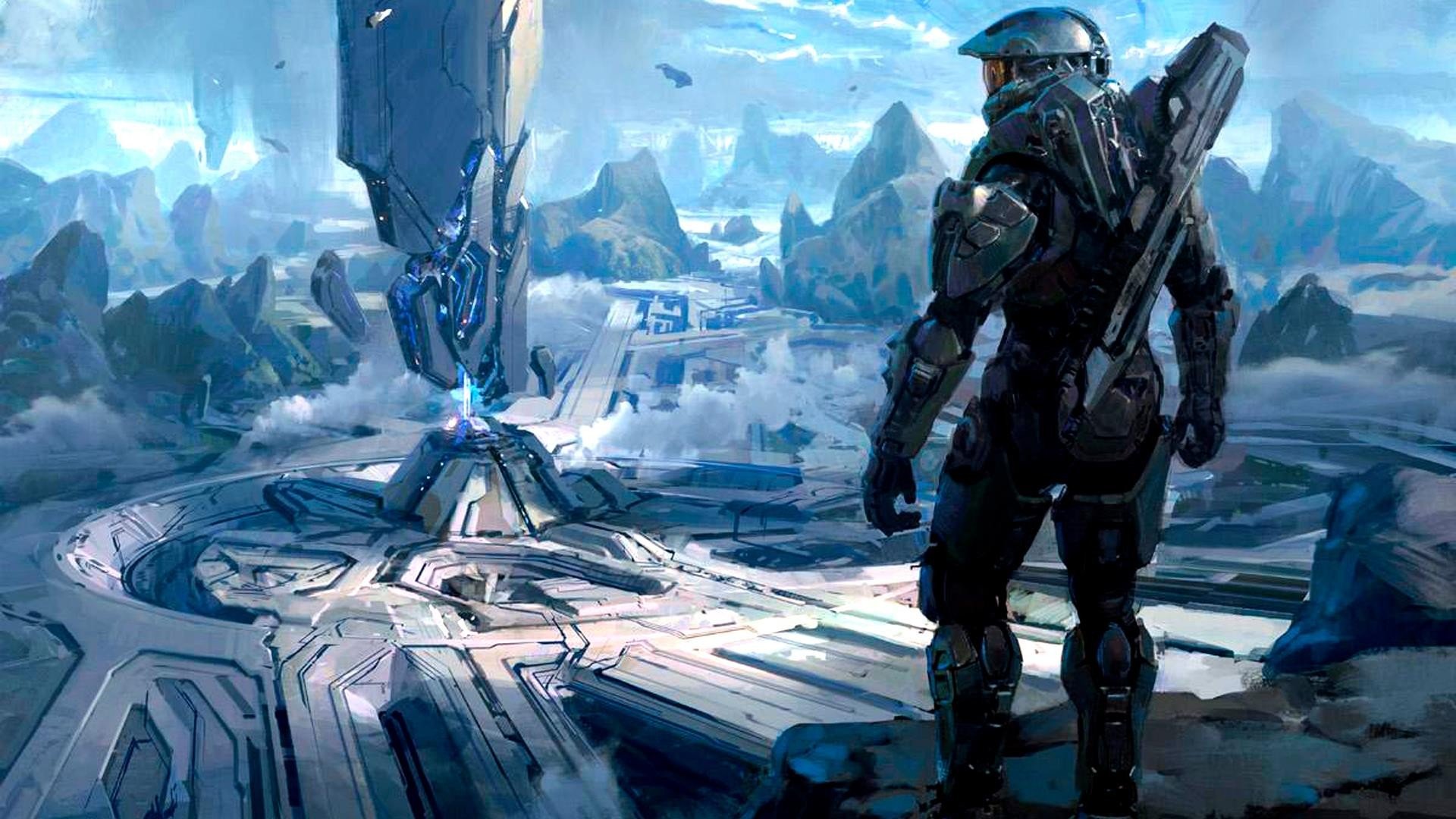
One question many ask is, what caused the decline in the first place?
One question many ask is, what caused the decline in the first place? For many, there are specific aspects of the more recent Halo titles that sully the experience — things like the addition of the ability to sprint, art style changes, and quality of story have all been points of grief for Halo community members, among others. Therefore, it is for this reason that I believe that Halo's recent struggles can't be tied down to any one thing. Rather, it is a combination of these things that, when applied to the games together, create an experience that feels and plays very different to Halo's established formula.
With this in mind, I intend to analyze and dissect what I feel are collectively the fanbase's biggest issues with the latest Halo installment — Halo 5 — and identify what Halo 6 will need to change in order to avoid making the same mistakes twice. While a lot of it is subjective, I've spent a lot of time reading into Halo 5's reception and feedback (two years in fact) and I'm confident when I say that what I list below is fairly representative of the way the general community feels about the game. Something to keep in mind is that I myself personally enjoy Halo 5. What I'm saying here doesn't necessarily represent how I feel (though some of it does). My goal in this piece is to identify what I think the community thinks overall, not to push my own views forward.
Since identifying everything wrong with a game such as Halo 5 is a large undertaking, this article would be quite large if I covered everything in one go. In this first article, I'm going to talk about the big stuff:
- Performance
- Story
- Core gameplay
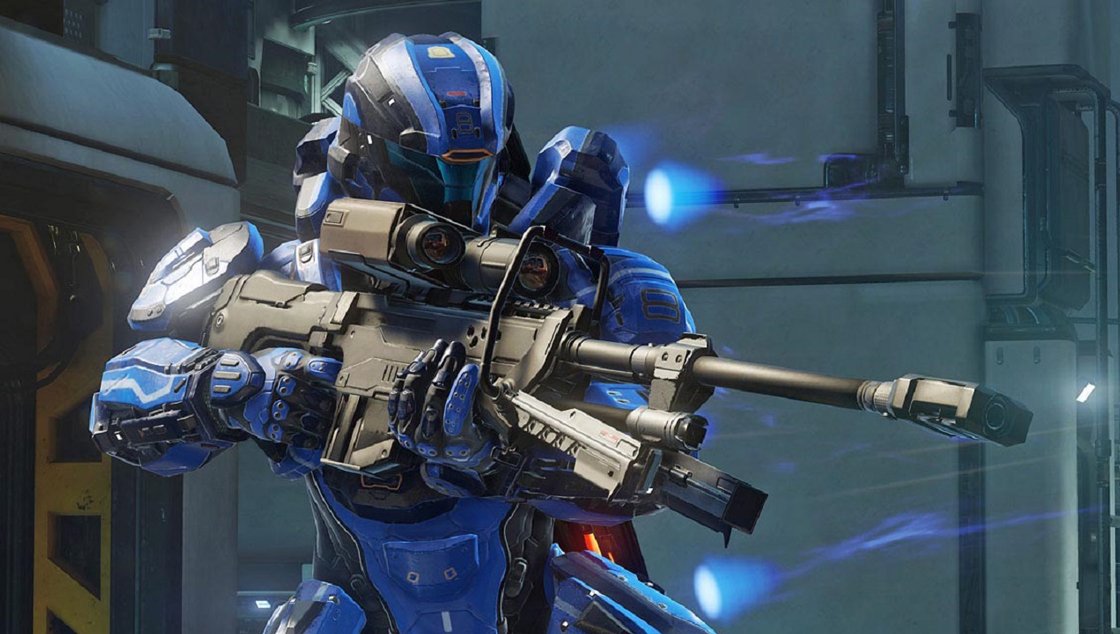
So, activate your energy swords, prime your plasma grenades, and load your battle rifles. Let's dive right in.
Stop reading now if you want to avoid Halo spoilers!
Performance: Polish is a priority
If features don't work, then there's no point in having them at all.
Arguably one of Halo 5's most devastating issues (and The Master Chief Collection's, as well) is the lack of polish. The game is full of performance snags at every turn — game freezes, user interface lag, and poor hit detection in matches only represents the tip of Halo 5's iceberg of bugs. Here, the bugs are not features, as the old saying would lead you to believe. Rather, they do nothing but take away from what Halo 5 has to offer. If features don't work, then there's no point in having them at all. Ask any Halo 5 player how often they use the Theater mode. I'd bet money that the vast majority of them would say rarely, or even never, due to how unreliable it is.
All the latest news, reviews, and guides for Windows and Xbox diehards.
The simple fact is this: the content of your game doesn't matter if the content itself doesn't even work. Halo 6 needs to prioritize performance, and both Microsoft and 343 Industries need to devote adequate time for the game to be optimized efficiently before release.
Story: Halo needs character development and plot clarity
It's no secret by now that the biggest failing point of Halo 5's campaign was its narrative. Halo 5 promised a lot. It promised a chance to meet and connect with Blue Team, the Master Chief's Spartan-II brothers and sisters from childhood, as well as the opportunity to be introduced to four brand new Spartans — Fireteam Osiris. All of these characters would revolve around a plot centered around one of Halo's most beloved characters, Master Chief's AI companion, Cortana, who had returned after Halo 4's emotional conclusion to her story. However, Cortana is not who she once was, and her new plans for the galaxy would shake it to its core.
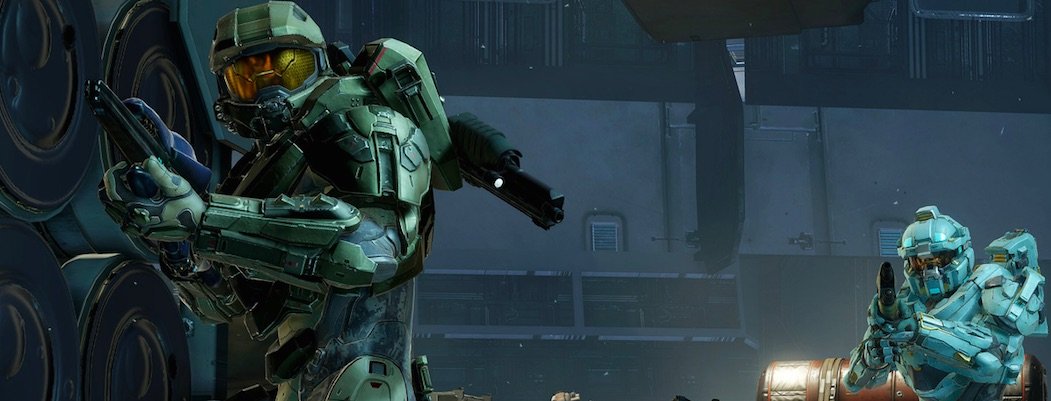
So, what went wrong? Why was the story received so poorly among fans?
After participating in and listening to as much critical discussion among the Halo community that I could, I've come to the conclusion that the biggest flaws about Halo 5's narrative are the over-saturation of characters and the lack of adequate clarification about the plot.
Having too many characters means that none of them receive adequate development or presentation in the story.
Having too many characters means that none of them receive adequate development or presentation in the story, and unfortunately, Halo 5 had so many characters in it that none of them felt well written. Generally, in gaming, the most successful stories tend to have only a few main characters, with the rest of the cast supporting as minor roles. In the case of Halo 5 and its plot, the main characters should have been Master Chief, Cortana, Locke, and the Warden Eternal. But, that wasn't the case. Halo 5 attempted to present its entire cast as main characters, with all of them sharing the "center stage" position.
In addition to inadequately characterizing the cast, this issue has the added side effect of taking time away from the plot. With so much time being devoted to giving every character a bit of the spotlight, time spent efficiently providing exposition is reduced. This results in a rushed feeling for the story. Details about the plot that should have been given to the player as they progressed through the game are instead dumped on them all at once at occasional intervals. "Wait, what?" was not an uncommon reaction to Halo 5's unfolding story.
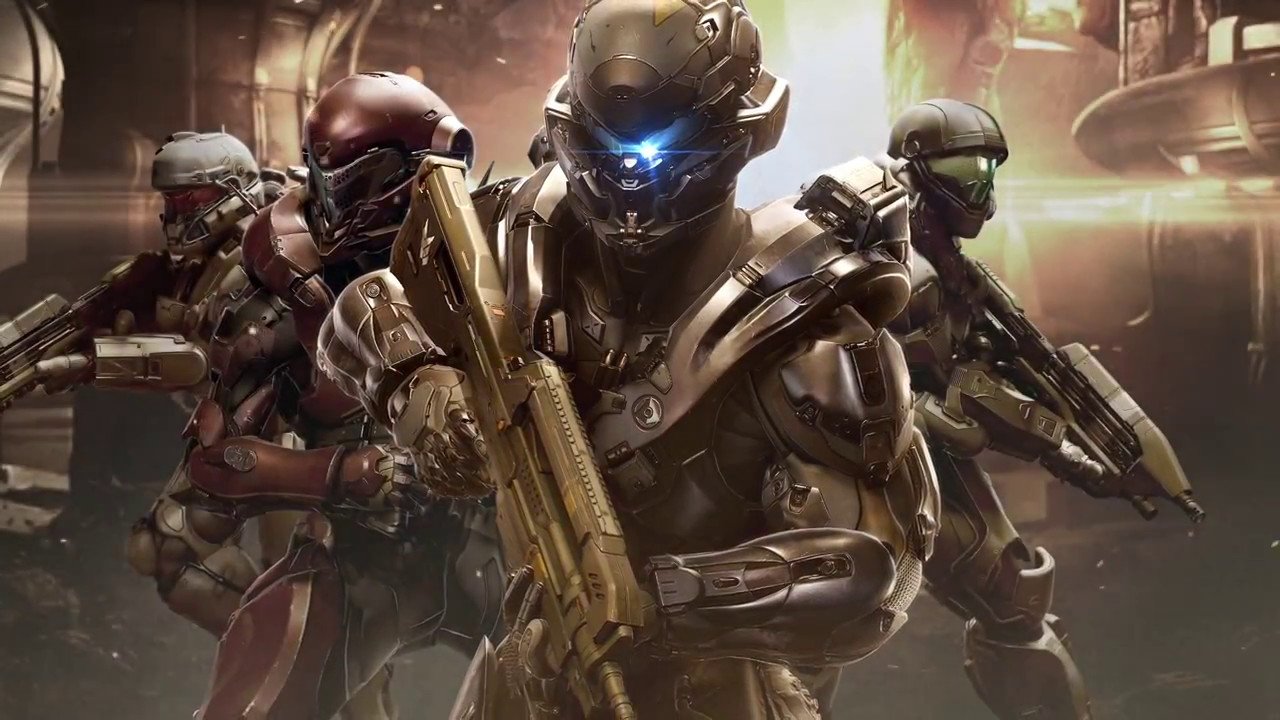
What Halo 6 needs to do is re-adjust the character presentation of Halo 5. Have the game give adequate time to develop and explore the core characters to the narrative, while leaving the minor ones to assist from the sidelines. And that is not a bad thing, by the way.
Stories are often made or broken depending on the quality of their side characters. Good minor characters help to bring the setting of the story to life, as well as contribute to the work's theme — all while leaving the door open for proper, natural flow of in-game events and clarity on why they're happening, as opposed to overwhelming exposition dumps.
Core gameplay: Return Halo to its roots
Perhaps the largest point of contention among Halo fans is the new style of gameplay. With the series nearing its 16th birthday, some fans argue that Halo should drastically change to avoid becoming stale. I would say that the majority, though, want Halo to return to its roots. One only has to look at the series' exponentially decaying mindshare since 2010 to see that the altering of Halo's mechanics has, at least in part, produced a negative impact. But I believe that 343 Industries can bring back the classic feel of Halo, while also satisfying fans that want new, fresh gameplay by designing Halo 6 as a modular experience.
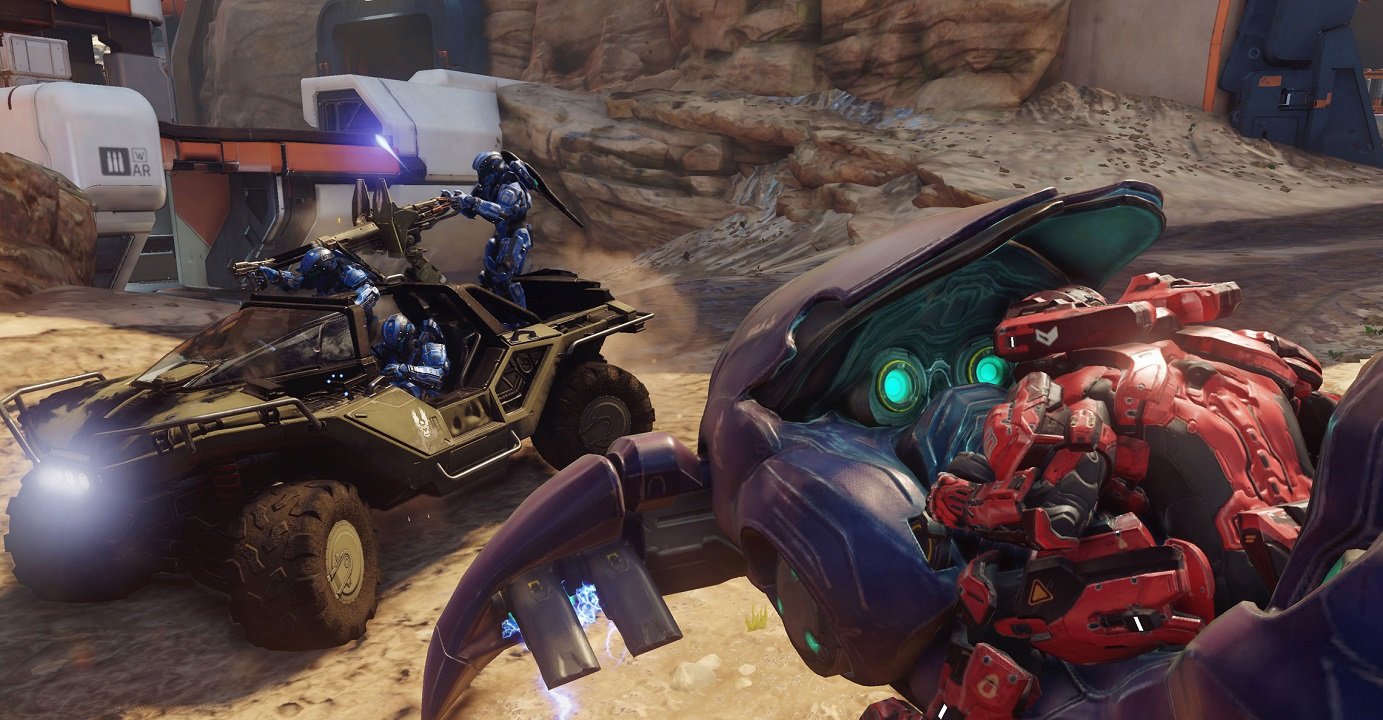
Unlike altering core mechanics, innovation through sandbox and map design lets the developer choose where and how things are innovated upon.
The more modern Halo games changed the foundation mechanics themselves, the older games changed Halo by building upon that foundation with innovations in the sandbox and in map design. It is for this reason that I call it "modular."
Halo 2 and 3 innovated by "adding a module" onto the classic Halo formula. Think of vehicle boarding, man-cannons, or equipment items. Whereas Reach, 4 and 5 innovated by adding base traits like the ability to sprint, clamber up ledges, or by giving the player armor abilities. The fundamental difference between the two is that with modular design, there is significantly more room to work with. When you change a base mechanic for all players, every single map and element of your weapon/vehicle sandbox must change to fit around that alteration — because that alteration is made to the core mechanics of character control.
But when you make changes in the game's maps or sandbox, things that vary from match to match such as man-cannons or power-ups, a form of dynamic gameplay occurs. This form of emergent play helps the game and every match in it to feel fresh and new, while also retaining the core mechanics that make Halo, Halo. And the best part of it is, if players decide they don't like a certain change, the developer can change or remove it, and it will have a minimum impact on the game as a whole.
That wouldn't be the case if you were to, say, remove sprinting from Halo 5. Since sprinting is a core mechanic, removing it from Halo 5 would send ripples of issues throughout the game, as it's designed around that ability. This is why I think modular design for Halo is better than changing its foundation. Unlike altering core mechanics, innovation through sandbox and map design lets the developer choose where and how features are added, rather than being forced to make changes to every aspect of the game.
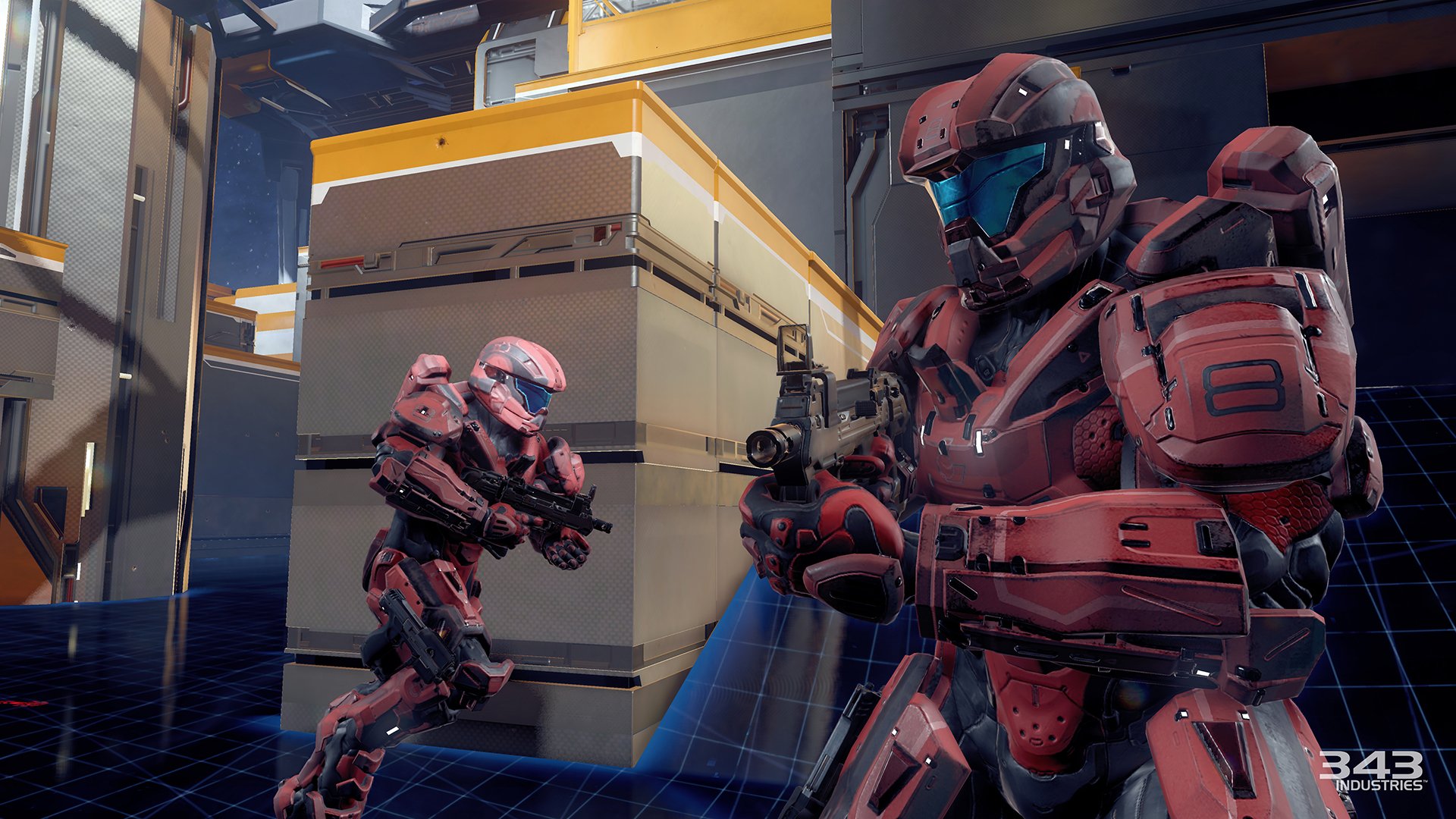
Next time we'll look at the user interface, gameplay features, and art, along with an in-depth critique of Halo 5's controversial REQ system.
Do you agree with me about Halo 5's issues and what Halo 6 will need to change to be successful? Let me know in the comments below. And if you don't own it, consider playing the latest Halo title and seeing how you feel:

Brendan Lowry is a Windows Central writer and Oakland University graduate with a burning passion for video games, of which he's been an avid fan since childhood. He's been writing for Team WC since the summer of 2017, and you'll find him doing news, editorials, reviews, and general coverage on everything gaming, Xbox, and Windows PC. His favorite game of all time is probably NieR: Automata, though Elden Ring, Fallout: New Vegas, and Team Fortress 2 are in the running, too. When he's not writing or gaming, there's a good chance he's either watching an interesting new movie or TV show or actually going outside for once. Follow him on X (Twitter).
